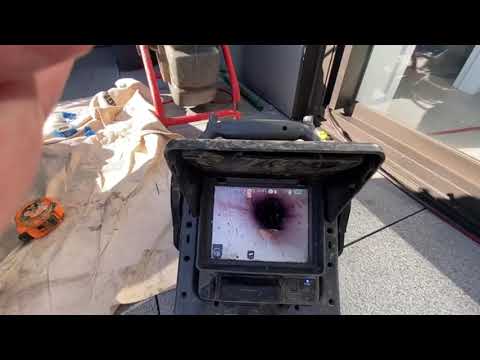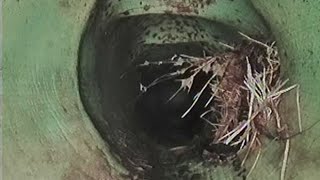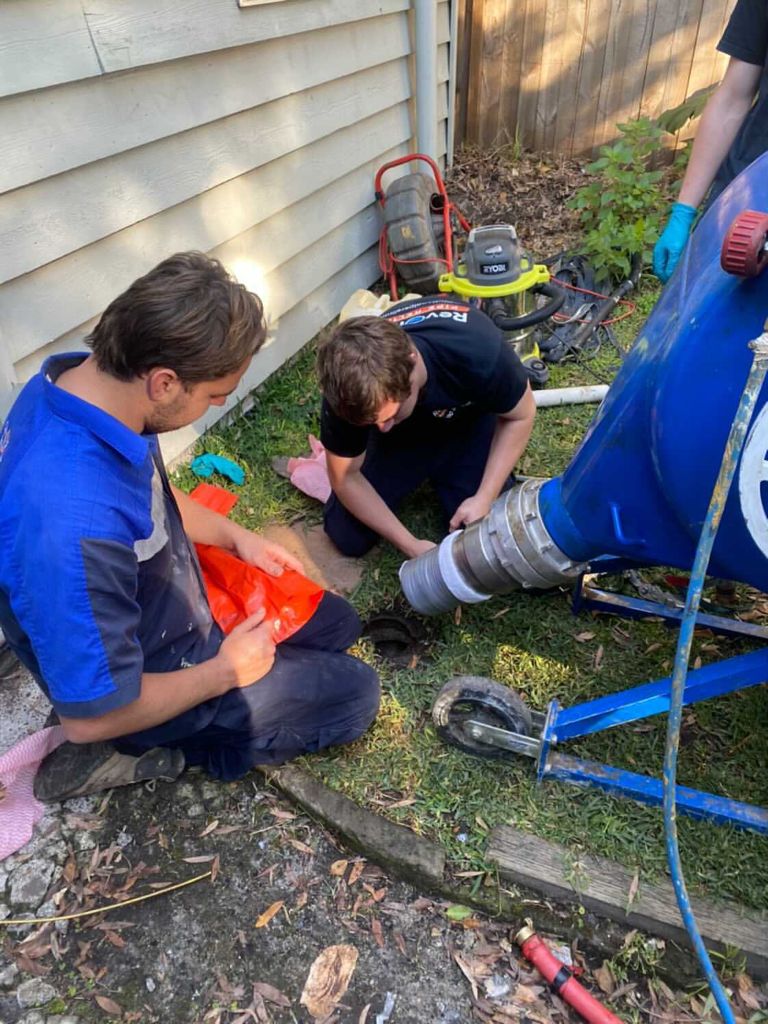Tips to Keep Your Stormwater Clog-free
- Stormwater is notorious for washing off different kinds of items like leaves, sticks, plants, rocks, and other rubbish that have the potential to cause clogs in your drainage system. Unlike the freshwater that enters your home, there’s also no way for you to control the flow of the water falling on your roof or monitor in your smartphone when a stormwater pipe springs a leak. That is why it is important to keep your stormwater drainage system grated, in good condition, and well-maintained, from the roof to the drains.
- To help you achieve that, we’d like to share with you some helpful tips on how to keep your stormwater drainage system clog-free.

Tips to Keep Your Stormwater Clog-free
Manage your rubbish properly. Don’t dump anything down the storm drain or ditches. Instead, collect the waste in a rubbish bag and leave them in your waste bin for pickup. Throwing just anything in your drains will only end you up with a storm drain overflowing with murky water and swimming waste when a heavy storm comes.
- If you need to dispose of something and are not sure where to put it, contact your local community office to ask about safe ways to dispose of it. If you’re doing yard work, do not rake leaves and other yard waste into storm drains. While it may seem tempting to do, this will only lead to clogs over time. Instead collect all your wastes and put them in a compost pit. If you see any litter even if it’s not yours, pick them up and throw them in the waste bin. You’re not only doing yourself a favour by disposing of them, but as well as to your entire community.
Clear clogs every season. Heavy rainfall is mother nature’s gift that sometimes comes unexpectedly, and if you’re the kind of person who doesn’t like weather reports, less likely you’ll be able to prepare for the rain’s worst. Before each change of season, it pays off to make sure roof gutters and the drain grates are clog-free as they are the entry points for the water to flow to the main storm drains. Ideally, you can do routine cleaning every 6 months, but if there has been a severe rainstorm ravaging your area, or the snow is beginning to melt, you can do it more often. Keep in mind, any type of waste that sits on the roof gutter and storm drain can easily find its way down the line when heavy downpour suddenly occurs and blocks the drainage.
- To be absolutely certain stormwater can breezily flow from the street into your main storm drain system, clear paths along your street’s curb as well.
Consider your garden or landscape. If your yard is terrible for handling storm water, better fill it with grass than sand or pebbles. Sand and pebbles are lightweight and tiny particles which makes them unable to stay in place when heavy stormwater rushes through and ends up blocking your storm drains. If you have time to grow mulch and vegetation, that would also be a great option to consider on bare spots in your yard. Vegetation absorbs the water so it reduces the chances of flooding in your property. Doing so will also ensure no soil is washed away during heavy rain. On slopes, rainwater moves quickly taking with it any soil that can go along the way. Unfortunately, these particles can also cause immediate blockage in the storm drain.
Fix car fluid leaks immediately. If you see traces of fluid leak in your driveway, place a plastic, tarp or a drip pan underneath your car and dispose of the fluid at your local household hazardous waste collection centre, not in your storm drains. As for the oil stains that dripped on your driveway or garage floor, you can spray them with lubricant, give it a good scrub and rinse it off with water. Collect the water and pour it in your drip pan for proper disposal later, not in the drain.
- Engine oil, just like any greasy element, has the potential to get caught up in other waste materials which over time leads to clogs, especially during the freezing season where oil can harden. To avoid your car from springing a leak at an unexpected time, take your car for regular inspection with a technician. They have all the capabilities to spot potential leaks.
Inspect drain grates, gutter, and stormwater pipe for damages. No drainage system works in full capacity if there are damages within your system such as the drain grates, gutter and stormwater pipe. Drain grates act as your first line of defence to prevent rubbish and large pieces of items from going down the drain, while your gutter and downpipe ensure the water from your roof is directed to the storm drains and not in your home’s foundation.
- If there are damages in your drainage system, you can contact Revolution Pipe Relining. We are well-versed in all aspects of the stormwater drainage system, including different Sydney relining solutions, and will be able to fix any problem for you.
- If storm drains are not kept in the best shape, you can suffer from severe damage to your home so it’s very helpful to have an idea of the things you need to watch out for. Have a read at these telltale signs that it’s time to take action before the worst things happen.
Signs Of A Clogged Up Stormwater Drain
Standing water inside and around the drains
- An inch of standing water around your storm drain may not be alarming but 4 inches or more after 24 hours or longer after a heavy downpour is a sure sign that your storm drain filter requires a replacement or your storm drain needs cleaning.
Water is seeping into your home’s foundation
- Water seeping in your home’s foundation, or in your walls is an obvious sign of a roof gutter problem. The water has either overflowed or leaked out and is going in the wrong direction instead of the downpipe and straight to the drains. If there’s a blockage, flush it out with a garden hose. You may also use a gutter spatula to scoop out any dirt and waste. You may also want to consider installing gutter guards or leaf diverters.
Slow drainage
- A storm drain that is draining stormwater with delay can be a sign of a choked-off drain or other damages. If after cleaning, your storm drain still keeps blocking, invest in a grate filter. Grate filters come in handy to protect your home from anything that has the potential to clog up your drains.
Foul smell
- Foul smell coming from the storm drain is another telltale sign that there’s something hampering the flow of the stormwater. When waste and stagnant water is sitting on the drain for so long, it can give off a stinky smell similar to a rotten egg.
Best Way to Clean Stormwater Drains
- Stormwater drain problems often are so severe that professionals are needed. This is where Revolution Pipe Relining is at your service! We offer the following services for your stormwater drain issues:
- Emergency Cases – Where the threat of flooding is impending, and the water is already overflowing or rising up.
- Stormwater Drain Cleaning – Regular cleaning gives professionals a chance to remove build-up and sediments, and ensure your storm drain operates in full capacity.
- Stormwater Pipe Relining Sydney – When stormwater pipes have damages that are still not beyond repair. Relining stormwater pipes allows for efficient water flow and keeps pipes sturdy enough to stand leaks.
- Clear a drain as soon as you notice it’s having a hard time draining the stormwater. Before the rainy season, or anytime heavy rains are forecasted. Clear the grates before and after rain or snow events. Make sure to clear any obstructions. But, if all of these fails, contact us for stormwater drain cleaning. We can provide you with the most suitable fix for your drains especially if it needs stormwater pipe relining to repair damages.






















